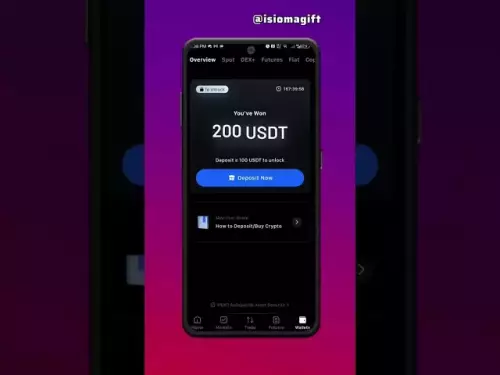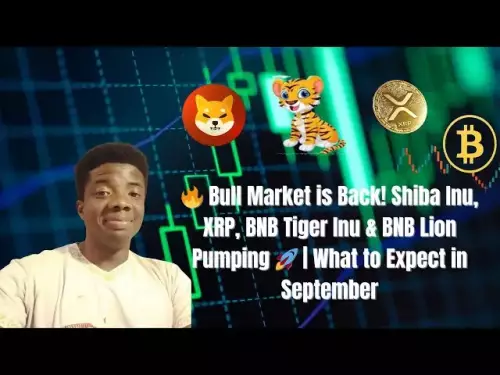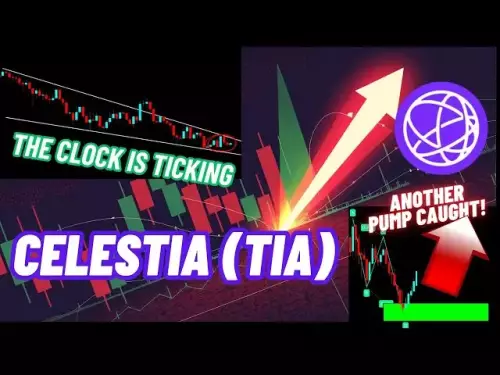-
 Bitcoin
Bitcoin $108900
0.00% -
 Ethereum
Ethereum $4360
-2.47% -
 Tether USDt
Tether USDt $1.000
0.01% -
 XRP
XRP $2.751
-2.19% -
 BNB
BNB $847.4
-2.16% -
 Solana
Solana $198.2
-3.18% -
 USDC
USDC $0.9999
0.00% -
 TRON
TRON $0.3379
-1.43% -
 Dogecoin
Dogecoin $0.2118
-2.86% -
 Cardano
Cardano $0.8086
-1.71% -
 Chainlink
Chainlink $22.75
-3.88% -
 Hyperliquid
Hyperliquid $43.69
-2.39% -
 Ethena USDe
Ethena USDe $1.001
0.01% -
 Sui
Sui $3.212
-2.55% -
 Stellar
Stellar $0.3525
-1.37% -
 Bitcoin Cash
Bitcoin Cash $540.1
-0.67% -
 Avalanche
Avalanche $23.72
-1.12% -
 Cronos
Cronos $0.2717
-4.31% -
 Hedera
Hedera $0.2145
-4.33% -
 UNUS SED LEO
UNUS SED LEO $9.588
-0.01% -
 Litecoin
Litecoin $109.2
-1.04% -
 Toncoin
Toncoin $3.107
-1.67% -
 Shiba Inu
Shiba Inu $0.00001212
-1.83% -
 Polkadot
Polkadot $3.726
-2.07% -
 Uniswap
Uniswap $9.366
-3.96% -
 World Liberty Financial
World Liberty Financial $0.2374
3.83% -
 Dai
Dai $0.9998
-0.01% -
 Bitget Token
Bitget Token $4.683
2.90% -
 Monero
Monero $261.7
-0.46% -
 Aave
Aave $307.6
-3.26%
Coinbase Market Order vs. Limit Order: Which Should You Use?
Market orders on Coinbase execute instantly at current prices, while limit orders let you set specific prices for more control but may not always fill.
Aug 31, 2025 at 04:36 am

Coinbase Market Order vs. Limit Order: Key Differences
1. Market orders execute trades immediately at the best available price in the current market. This ensures speed and high likelihood of fulfillment but does not guarantee the exact price, especially during periods of high volatility.
2. Limit orders allow traders to set a specific price at which they are willing to buy or sell an asset. The trade will only execute when the market reaches that predetermined price, offering greater control over entry and exit points.
3. On Coinbase, market orders are ideal for users who prioritize execution speed over price precision. This is particularly useful when entering or exiting a position quickly during fast-moving market conditions.
4. Limit orders are favored by traders who want to avoid slippage and ensure they do not pay more (or receive less) than their target price. However, there is no guarantee the order will be filled if the market does not reach the specified level.
5. The bid-ask spread plays a critical role in both order types. Market orders typically consume liquidity by matching with existing limit orders, while limit orders add liquidity by sitting on the order book until matched.
When to Use a Market Order on Coinbase
1. When entering a trade during sudden news events or market-moving announcements, a market order ensures immediate execution. Traders who need to act fast to capitalize on price shifts often rely on this method.
2. For highly liquid assets like Bitcoin or Ethereum, market orders usually result in minimal slippage due to deep order books and tight spreads on Coinbase Pro and Advanced Trade platforms.
3. Market orders are effective when the priority is execution certainty rather than price optimization. This is common among beginners who may not be familiar with setting limit parameters.
4. Traders exiting a position under urgent conditions, such as risk management triggers or unexpected volatility, may use market orders to close positions instantly.
5. Dollar-cost averaging bots and automated trading systems often use market orders to execute recurring purchases at current market rates without manual price input.
Advantages of Using Limit Orders on Coinbase
1. Limit orders provide full price control, allowing traders to define their maximum acceptable entry or exit point. This is essential for strategies that depend on precise technical levels or support/resistance zones.
2. By placing a limit order outside the current market price, traders can attempt to capture better rates during price reversals or pullbacks without constant monitoring.
3. Limit orders help avoid emotional trading decisions by pre-setting entry and exit points based on analysis rather than impulse. This supports disciplined trading behavior and reduces the risk of overpaying.
4. Traders using grid strategies or range-based systems heavily rely on limit orders to automate entries and exits within defined price channels on Coinbase’s advanced trading interface.
5. During low-liquidity periods or for less popular altcoins, limit orders prevent unfavorable fills that could occur with market orders due to wider spreads.
Fees and Execution on Coinbase Platforms
1. Coinbase applies different fee structures based on order type and user tier. Limit orders that add liquidity often qualify for lower fees or rebates on Coinbase Advanced Trade, while market orders that remove liquidity incur higher taker fees.
2. The difference in fees can accumulate significantly for active traders, making limit orders more cost-efficient over time despite potential delays in execution.
p>3. Users with high trading volumes may benefit from becoming market makers by placing limit orders, thus reducing their overall transaction costs on the platform.
4. Stop-market and stop-limit orders combine aspects of both types. A stop-market converts to a market order once a trigger price is hit, while a stop-limit becomes a limit order, offering more control but risking non-execution.
5. Understanding the fee schedule and order mechanics on Coinbase Pro or Advanced Trade helps traders choose the most economical and strategic order type for their goals.
Frequently Asked Questions
What happens if my limit order doesn’t get filled? If the market price does not reach your specified limit price, the order remains open until canceled or expired. It will not execute automatically, which means you may miss the trade if the price moves past your level without touching it.
Can I change a market order after it’s placed? No, market orders execute instantly. Once submitted, they cannot be modified or canceled because they are filled immediately at the prevailing market price.
Do limit orders expire on Coinbase? Yes, limit orders can be set as 'Good-Til-Canceled' (GTC), 'Immediate-or-Cancel' (IOC), or 'Fill-or-Kill' (FOK). GTC orders remain active until manually canceled or filled, while IOC and FOK have execution constraints based on availability.
Why did my market order fill at a different price than expected? This occurs due to slippage, especially in fast-moving or low-liquidity markets. The order matches the best available prices sequentially, which may vary slightly from the last traded price at the time of submission.
Disclaimer:info@kdj.com
The information provided is not trading advice. kdj.com does not assume any responsibility for any investments made based on the information provided in this article. Cryptocurrencies are highly volatile and it is highly recommended that you invest with caution after thorough research!
If you believe that the content used on this website infringes your copyright, please contact us immediately (info@kdj.com) and we will delete it promptly.
- Memecoins September 2025 Watchlist: What's Hot Now?
- 2025-08-31 23:25:15
- Eric Trump Predicts Bitcoin to $1 Million: Hype or Reality?
- 2025-08-31 23:25:15
- BlockDAG: Redefining Scalability and ROI Potential in 2025
- 2025-08-31 23:05:16
- Ozak AI, Altcoins, and 20x Potential: Navigating the Crypto Landscape
- 2025-09-01 00:05:12
- Bonk Price, Solana Meme Coin, and the Rise of Layer Brett: A New Era?
- 2025-08-31 21:25:12
- ETH Transactions Soar, BTC Whale Shifts Gears: Decoding August's Crypto Charts
- 2025-08-31 21:05:16
Related knowledge
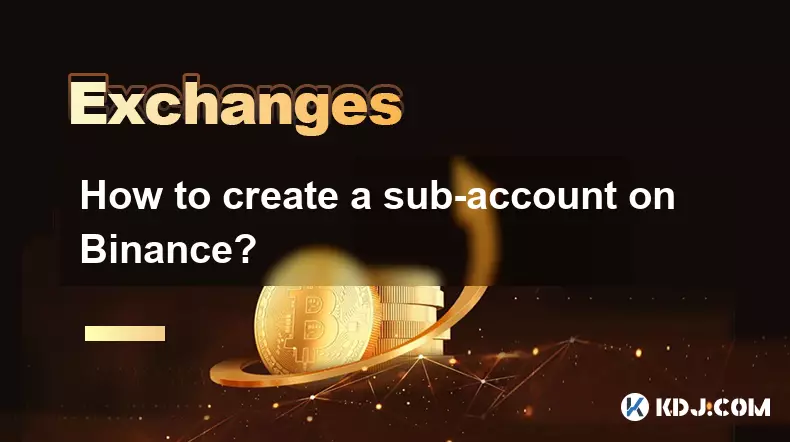
How to create a sub-account on Binance?
Sep 01,2025 at 12:36am
Accessing the Binance Sub-Account Feature1. Log in to your Binance account using your registered email and password. Ensure that two-factor authentica...
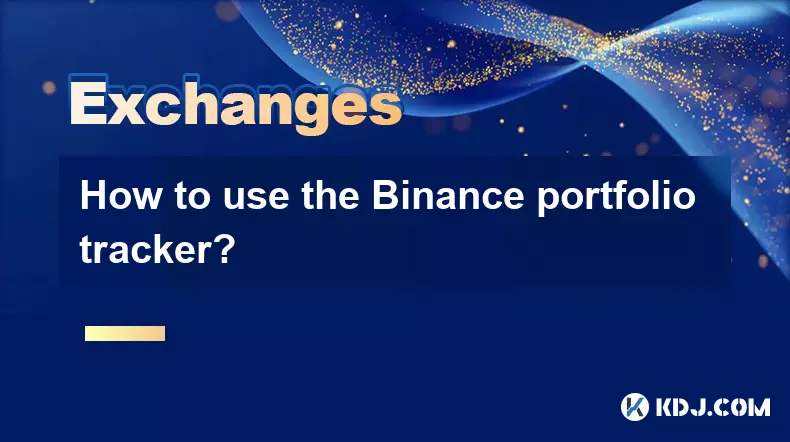
How to use the Binance portfolio tracker?
Sep 01,2025 at 01:00pm
Understanding the Binance Portfolio Tracker1. The Binance portfolio tracker is a powerful tool designed to help users monitor their cryptocurrency inv...
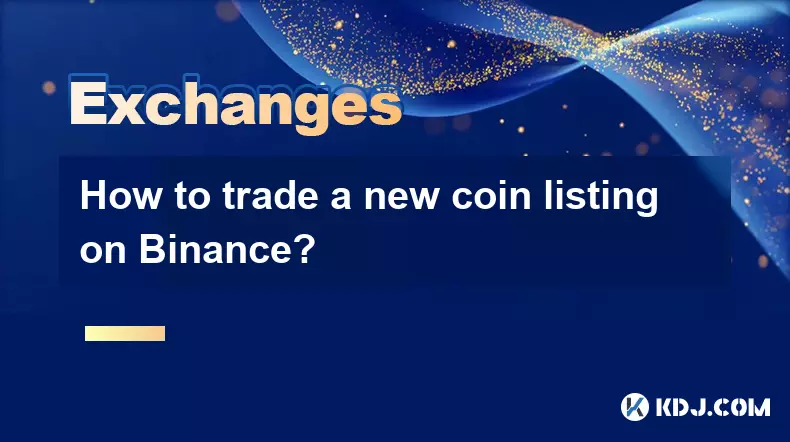
How to trade a new coin listing on Binance?
Aug 29,2025 at 11:14am
Understanding the Pre-Listing Phase1. Research the project thoroughly before any listing announcement. Whitepapers, team backgrounds, and community se...
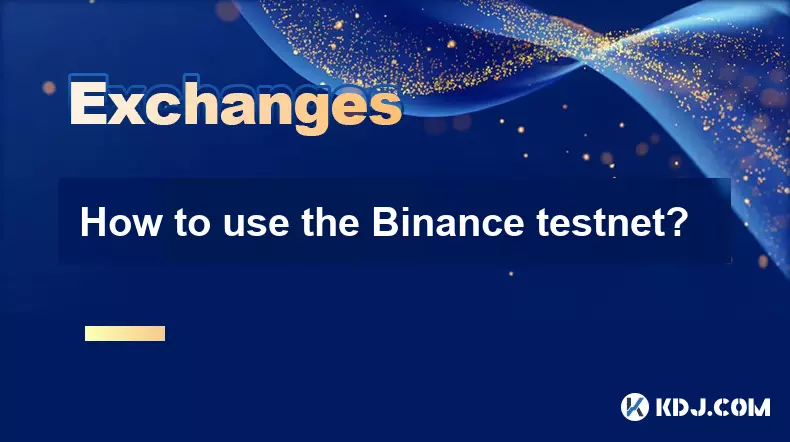
How to use the Binance testnet?
Aug 31,2025 at 02:19am
Understanding the Binance Testnet Environment1. The Binance testnet is a simulated version of the Binance Smart Chain (BSC) that allows developers and...
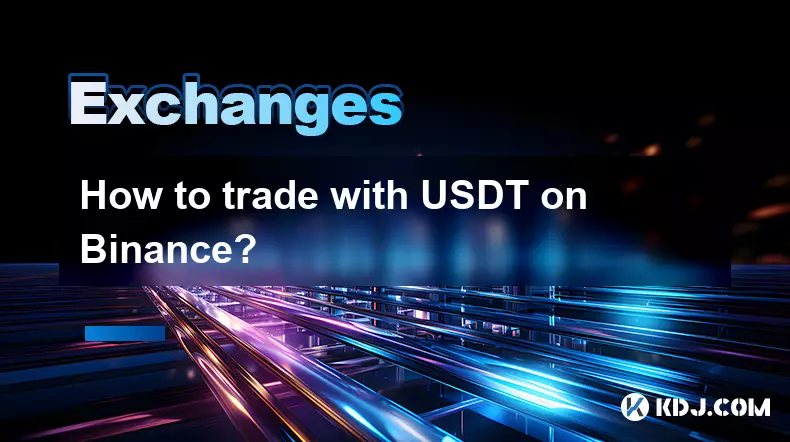
How to trade with USDT on Binance?
Aug 30,2025 at 02:19am
Getting Started with USDT Trading on Binance1. Create and verify your Binance account. Visit the official Binance website and complete the registratio...
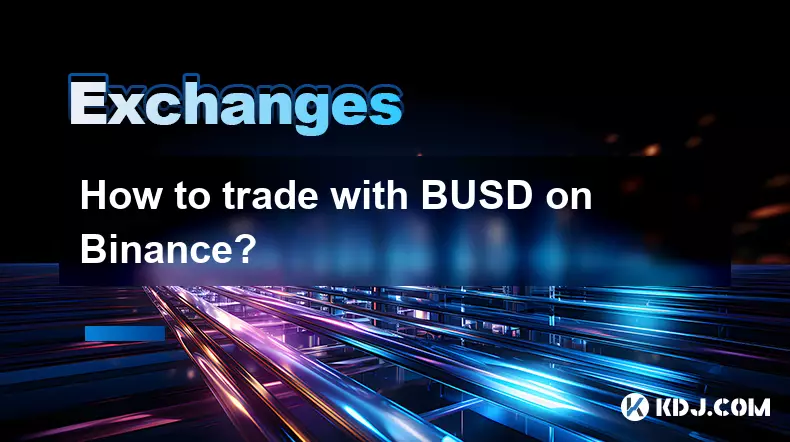
How to trade with BUSD on Binance?
Aug 30,2025 at 07:42am
Understanding BUSD and Its Role in Binance Trading1. BUSD, or Binance USD, is a stablecoin pegged to the value of the U.S. dollar, meaning 1 BUSD is a...

How to create a sub-account on Binance?
Sep 01,2025 at 12:36am
Accessing the Binance Sub-Account Feature1. Log in to your Binance account using your registered email and password. Ensure that two-factor authentica...

How to use the Binance portfolio tracker?
Sep 01,2025 at 01:00pm
Understanding the Binance Portfolio Tracker1. The Binance portfolio tracker is a powerful tool designed to help users monitor their cryptocurrency inv...

How to trade a new coin listing on Binance?
Aug 29,2025 at 11:14am
Understanding the Pre-Listing Phase1. Research the project thoroughly before any listing announcement. Whitepapers, team backgrounds, and community se...

How to use the Binance testnet?
Aug 31,2025 at 02:19am
Understanding the Binance Testnet Environment1. The Binance testnet is a simulated version of the Binance Smart Chain (BSC) that allows developers and...

How to trade with USDT on Binance?
Aug 30,2025 at 02:19am
Getting Started with USDT Trading on Binance1. Create and verify your Binance account. Visit the official Binance website and complete the registratio...

How to trade with BUSD on Binance?
Aug 30,2025 at 07:42am
Understanding BUSD and Its Role in Binance Trading1. BUSD, or Binance USD, is a stablecoin pegged to the value of the U.S. dollar, meaning 1 BUSD is a...
See all articles























